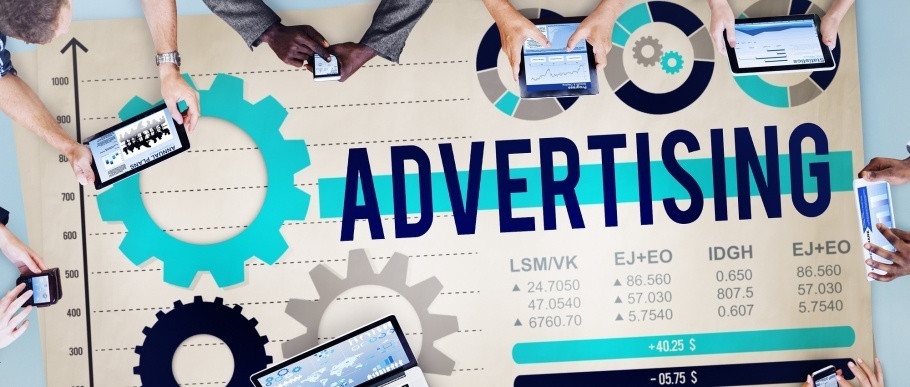Artificial Intelligence is about data and analytics, but we can also use AI to turn data into a creative expression. Cutting-edge technology among the complexity of music.
Music unites us. No matter where you go, you will find music: someone singing, playing an instrument, rapping or dancing. For thousands of years, it has been a crucial part of every known society in the world, even the most isolated tribal groups, and every society and culture has music that reflects their beliefs, current affairs and feelings. Our human intelligence; our experiences and our ability to learn from them is what allows musicians to create music, which unites demographic groups the size of the population of India.
Even so, very few understand the complexity of music. If we look at the music industry from a commercial point of view, there are more than 7,000 million people in this world, which represents a large part of the market. Creating music that sells and appeals to everyone is an impossible task. But making music that attracts a billion people is possible.
Watson, the computer system of Artificial Intelligence developed by the American company IBMyou’ve changed the rules of the game with Watson BEAT. A music program based on the cognitive cloud, and developed thanks to Artificial Intelligence and Machine Learning. The system’s music creation algorithms analyze individual tracks and collect data about pitch, bar, or note sequence. By using that collected data, you can learn what listeners are looking for and be inspired to create new pieces. Of course, this doesn’t guarantee sure success, but it can help producers and songwriters get to know their audience and get inspired.

This project was primarily devised by former IBM researcher Janani Mukundan, thanks to the influence of musicians such as Richard Daskas, with whom IBM created his collaboration for the Red Bull commercial F1. BEAT code uses two methods of Machine Learning: reinforcement learning (uses modern western music trends to create reward functions) and Deep Belief Network (DBN), where Artificial Intelligence is trained with a single melody as input to create a more vibrant and complex melodic base.
In this context, debates are created around copyright issues. For there are those who believe that a machine cannot own copyright, but the one who finds the inspiration to create that melody. However, according to counsel Bjon Schipper,”it is difficult to give a conclusive answer, due to the recent application of Artificial Intelligence in the music industry”.
On the other hand, Meindert Kennis, the lead digital strategist and marketing director of Spinnin ‘Records, added that” many artists create music and present it to us that way. But if they used more instruments based on Artificial Intelligence, it would be very advisable that they record the music and the creative process more to prove that it really is them.”
While technology can compose music using algorithms and data sets, it cannot guarantee to create a piece of music that will appeal to the masses. As we have mentioned in previous publications, human intelligence remains the key piece of this puzzle. Mainly, artificial Intelligence is used to reduce the time composers and producers need to spend on repetitive tasks and, once again, to use it as a tool to help boost our human capabilities.
https://youtu.be/bDO4yN4V-sM
On many occasions, the Artificial Intelligence relates to data and analysis. But in cases like Watson BEAT, for example, it is shown that Artificial Intelligence can turn data into a creative expression. You may have already heard a song composed by Artificial Intelligence, who knows, maybe your next favorite hit is created by Watson BEAT!
Translation of the original post on LUCA’s blog.







